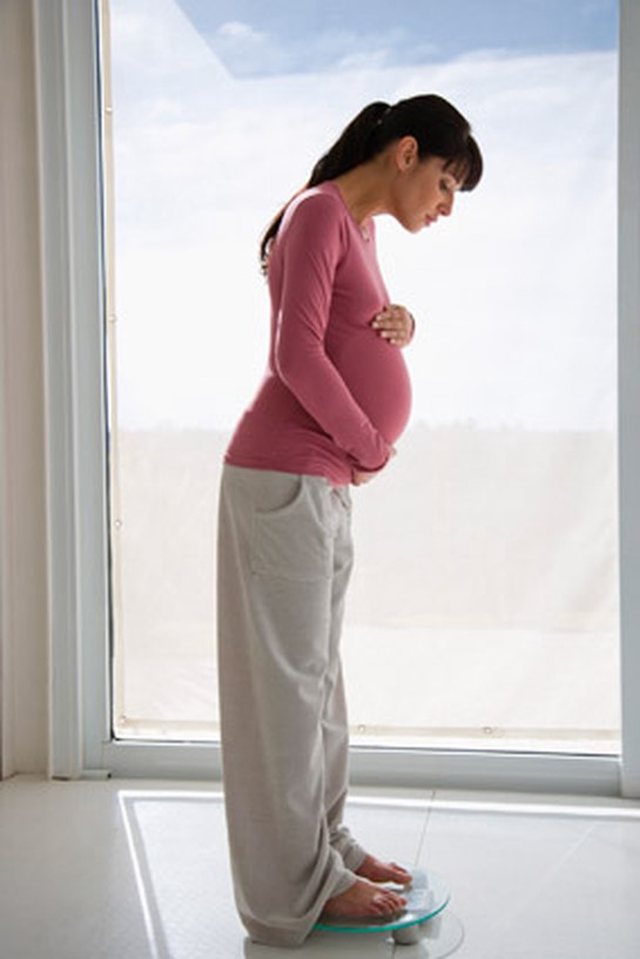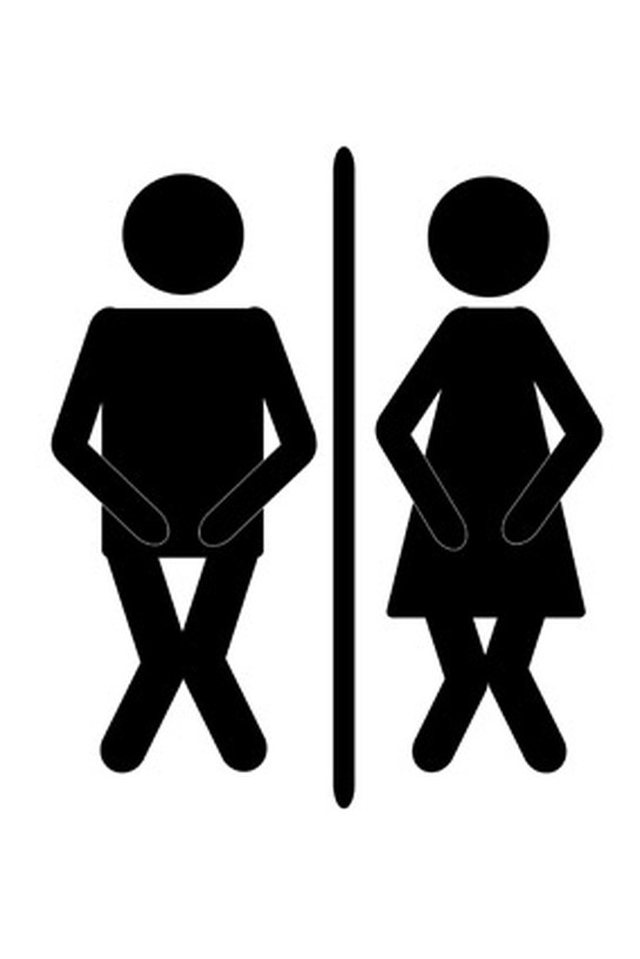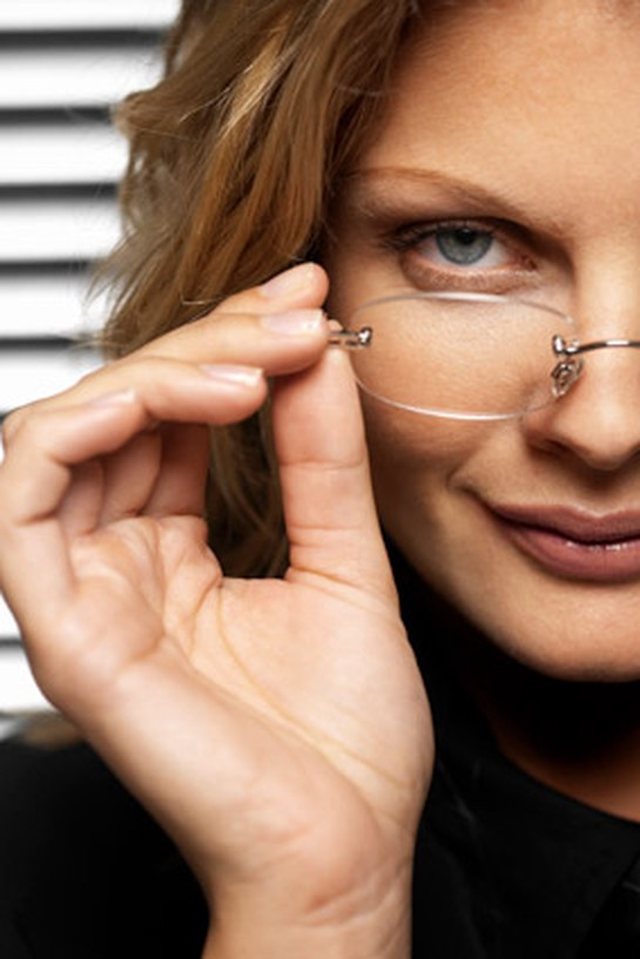
Until yesterday all we have been inclined to believe in these myths, which today are wrong! Therefore, pay attention and understand the reasons why all that we know as great truths about women's health today results in false myths that you should not trust anymore! Are you ready?

We have always imagined this collision of the cartilage in the throat area and we assumed that males and males only had it, because of an excess of testosterone. It seems we were completely wrong. Adam's apple is caused by the eruption of a set of cartilage tablets held together by the tissues and muscle fibers, which protect vocal cords. Women also have these tablets, but the pain is most prominent in men for two reasons: Testosterone causes swelling of the larynx rapidly during puberty, deepening the voice of men and pushing the vocal chords. Most importantly, says Barnes-Svarney, the thyroid-forming cartilage meets at an average angle of 90 degrees male and 120 degrees in females. "The bigger the angle, the more open are the cords," she says.

Researchers studying women's weight gain over the course of 10 years found that while most women tended to score a kilogram over time, it was almost as likely to be due to childbirth. In a study from the University of Queensland (which was adjusted for some variables), an average 64 kg weight woman would gain 20 kilos if he had a baby and a partner, 7 kg if he had only a partner and only 11 kilograms if he did not have partner and childless. Barnes-Svarney says this may be because women tend to match the style of eating with their partners, consuming more calories than they need, and also because women in a relationship tend to associate with their partners in bars and restaurants, where it's easy to gain kilograms.

We do not deny that most of us have to use toiletries more often than our partner, but this has to do with the bladder position rather than its size, says Barnes-Svarney. The bladder of a woman is supported by the uterus and the vagina, and this wall is weakened by the age and birth of the baby, and the way a woman carries excess fat adds an unpleasant pressure. Men's walls, on the other hand, are cheaper to expand when they are filled. However, says Barnes-Svarney, justice comes later in life. An enlarged prostate gland is a benign issue affecting 50 percent of men after the age of 60 and 90 percent of men after the age of 85, according to the American Urological Association. When the prostate gets bigger, it pushes into the ureter, making people feel as if they need to use the bath immediately and helping them finally understand what women have been able to do in all those years .

We know you do not believe this myth ... but here's a scientific test: When researchers from the National Academy of Sciences asked participants to evaluate the cartoons of the functional image of the magnetic response, they observed brain activity and found that the women's brain was illuminated more. There has been more activity in the left women's nuclear cortex, which means that women have a sense of humor higher than men.

Any woman who has lived with her sister or in a dormitory has heard of the hypothesis that women secreted pheromones that easily change their cycle when they are close to each other. Many scientists oppose this claim (as well as the existence of pheromones), says Patricia Barnes-Svarney, a scientific writer who has published more than two dozen books. She says that when researchers from the University of California decided to solve the case once and for all, asking 186 Chinese students to track their cycle time over a year, they did not find real menstrual synchronization. So, you might ask, why did you always have your periods at the same time with your friends? Barnes-Svarney explains that most women's cycles last for five to seven days, which is a big part of the time. The potential for overlap is very high, especially among the groups.

Given that women's fertility decreases from 3 to 5 percent per year after the age of 30 and at a faster rate after 40 years, this popular statistic makes sense. Perhaps women react to an evolutionary signal to be caught and to give birth to a child. But that number began in the research of sex expert in the mid-20th century by Alfred Kinsey, who found that women had more orgasms in their 30s than at any other time in their lives. Later studies have not been able to prove conclusively that women are experiencing an increase in hormones at this age (as do males when they sexually reach teens) and many experts believe that the real reason for women is related to the fact that they are more happy with their bodies, so they are better able to relax during sex.





